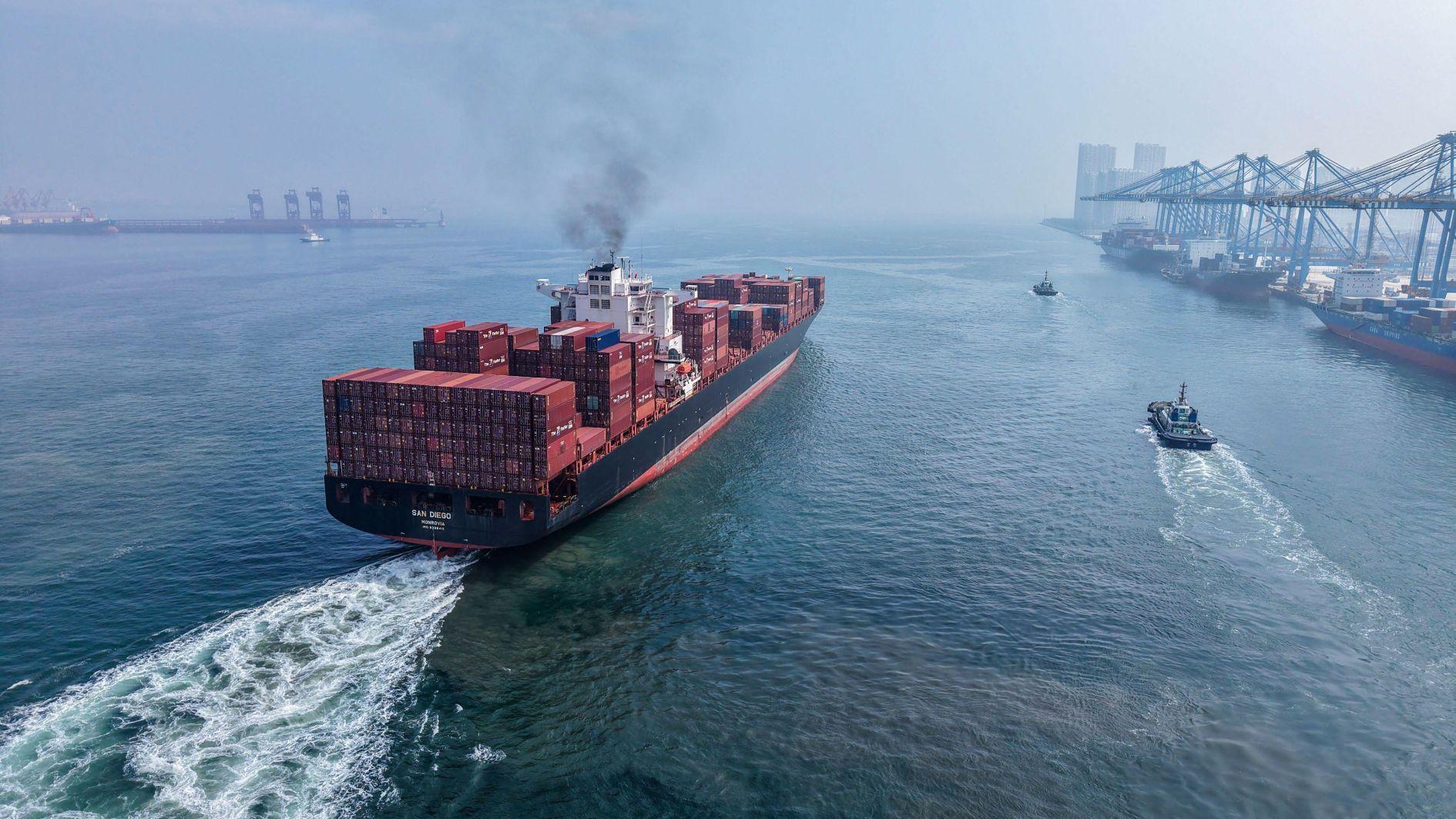
The global maritime trade fleet hit a value of $1.37 trillion in 2024, with the top 10 ship-owning countries accounting for two-thirds of that total, according to a report released by the Turkish Ports Operators Association (TÜRKLİM).
The report, prepared with input from universities and member ports, highlights how sea transport—handling over 80 percent of world trade—continues to expand amid global economic growth.
Examining vessels of 100 gross tons (GT) and above by flag registry, Liberia leads with 5,215 ships and 408.4 million deadweight tons (DWT), followed by Panama at 8,338 ships and 379.8 million DWT, and the Marshall Islands with 4,273 ships and 308.5 million DWT.
Together, these three nations represented 46.5 percent of global shipping capacity in 2023.
Among ship-owning nations, Greece holds the largest share at 16.9 percent (including national and foreign flags), ahead of China at 13.3 percent and Japan at 10.4 percent.
In the container sector, Mediterranean Shipping Company (MSC) ranked first as of February 2025, operating 886 vessels with a total capacity of 6.4 million twenty-foot equivalent units (TEU).
Maersk followed in second with 735 ships and 4.5 million TEU, then CMA CGM at 663 ships and 3.9 million TEU, COSCO with 515 ships and 3.3 million TEU, and Hapag-Lloyd rounding out the top five at 300 ships and 2.4 million TEU.
World seaborne trade rose 2.3 percent in 2024 to 12.63 billion tons from 12.35 billion tons the previous year.
Dry bulk led the volumes at over 5.7 billion tons, trailed by crude oil and products at 3 billion tons, containers at 1.9 billion tons, other cargo at 1.4 billion tons, and gas at 570 million tons.Between 2023 and 2024, container shipping posted the highest capacity increase, while crude oil and products saw the only decline.
The global fleet grew 3.4 percent at the beginning of 2024, reaching 2.4 billion DWT from 2.3 billion DWT.
Container ship capacity surged 7.7 percent to 329.5 million DWT from 305.8 million, while liquefied gas carriers rose 6.4 percent. Dry bulk vessels, making up 42.7 percent of total capacity, increased 3.1 percent to 1 billion DWT from 974.5 million.
The report notes a shift in trade patterns, with rising container use reducing bulk shipments, boosting the share of container and specialized vessels over general cargo ships.